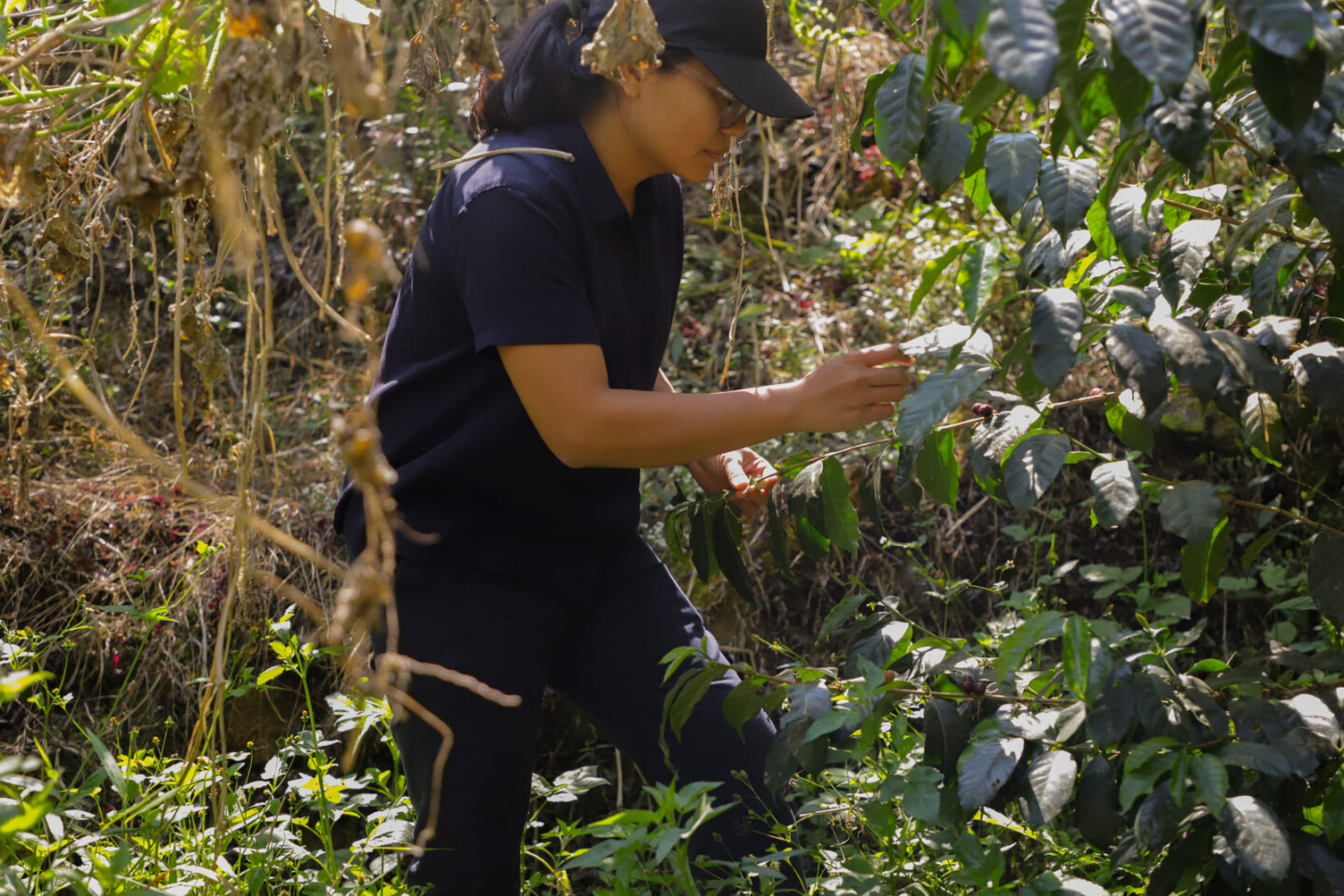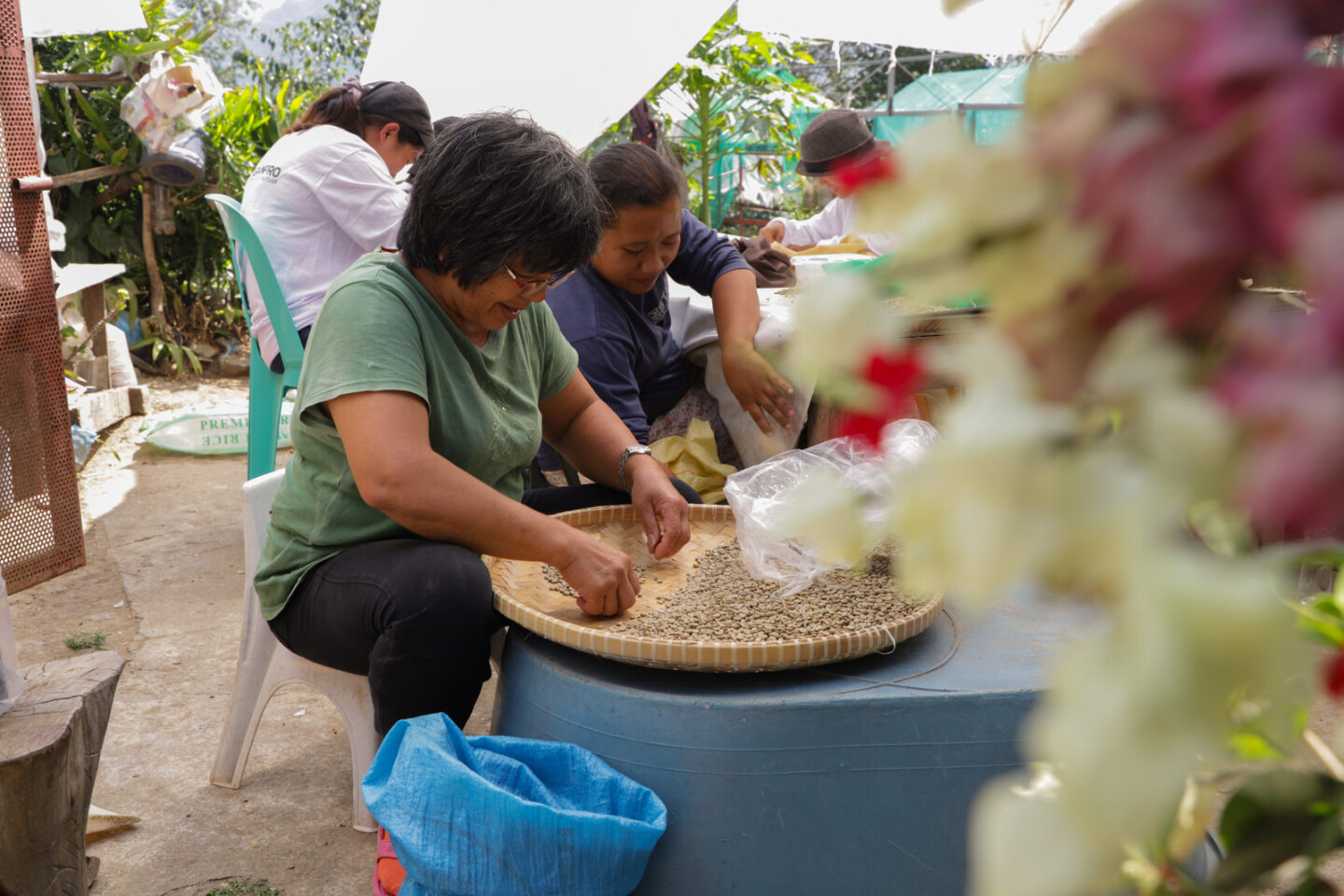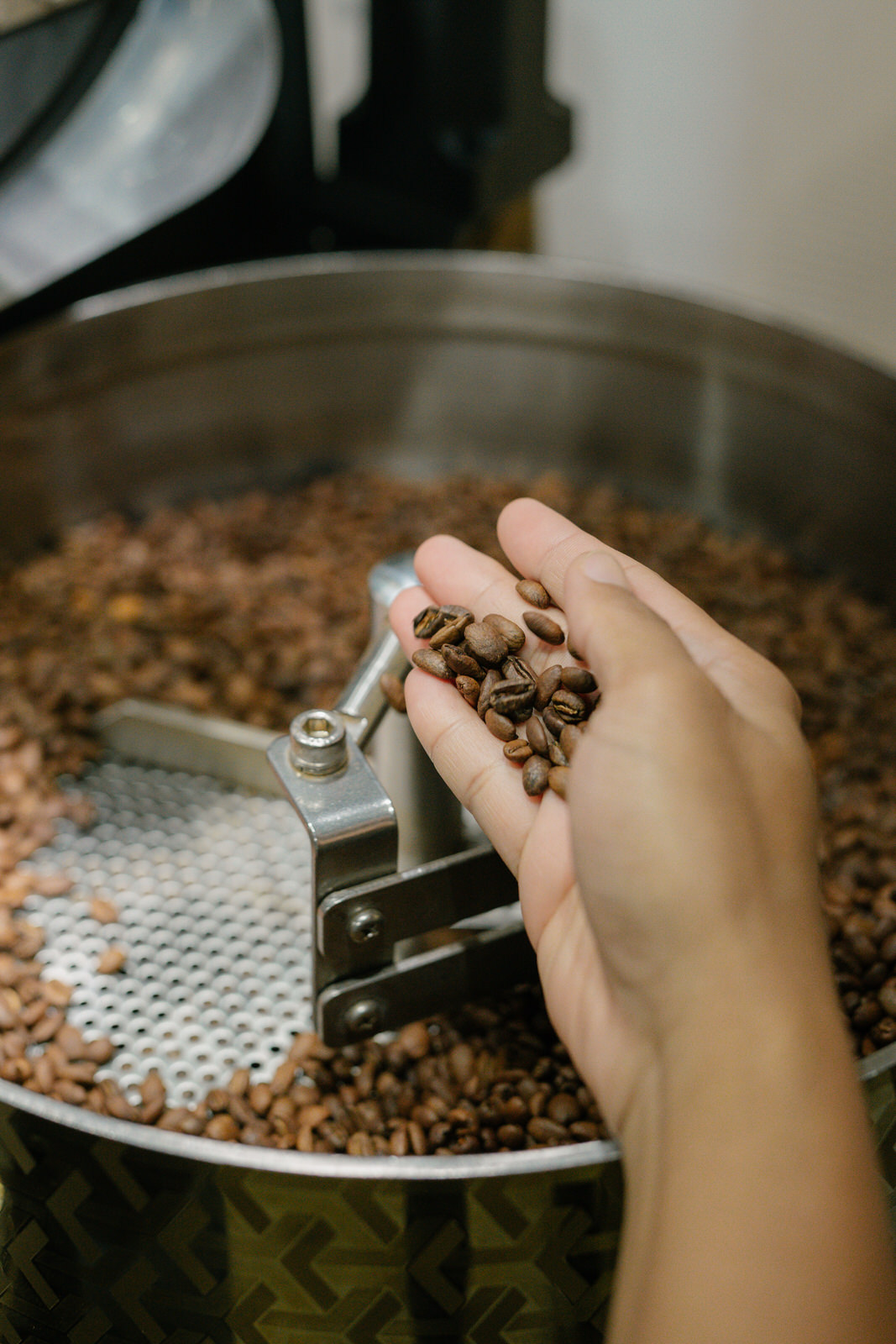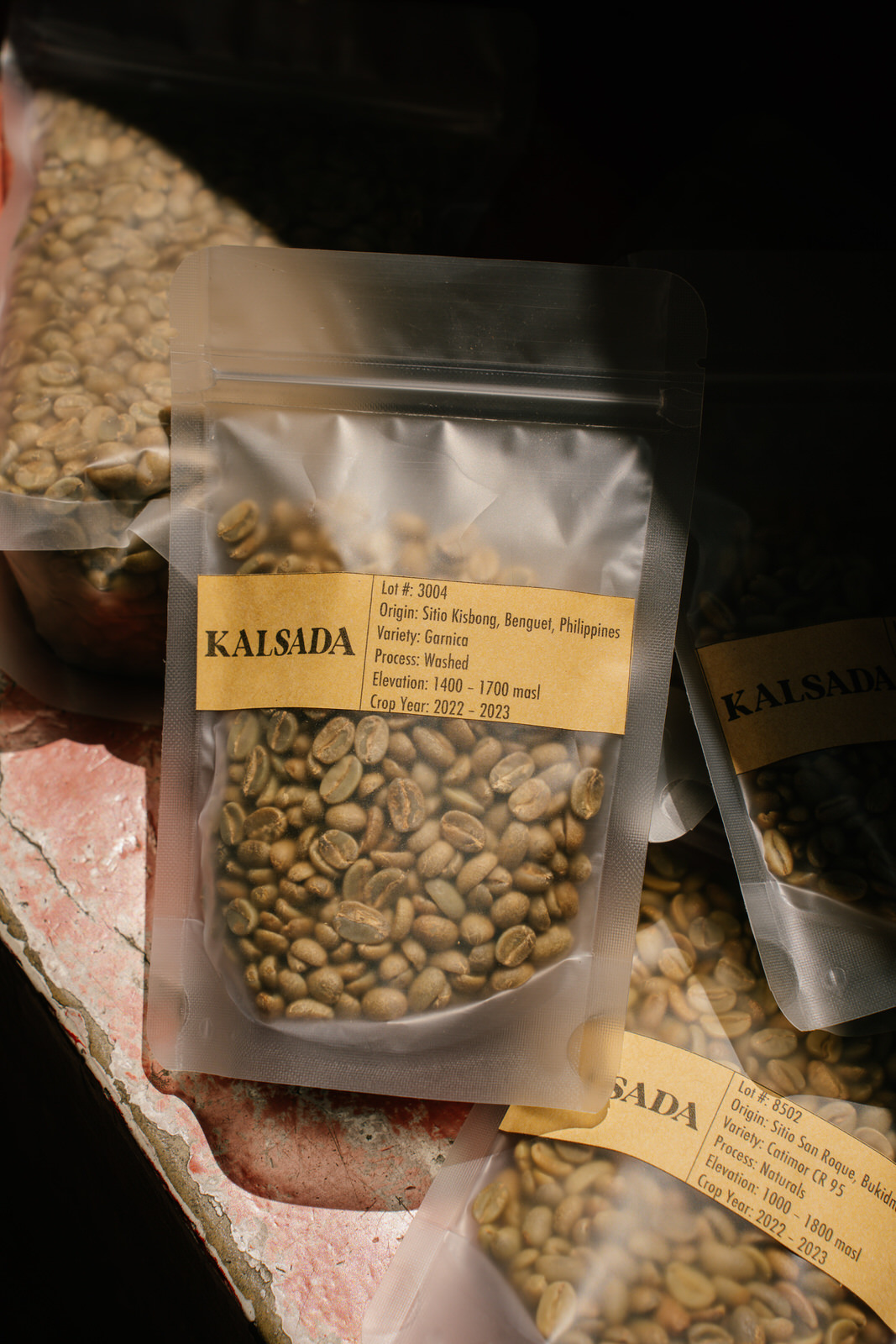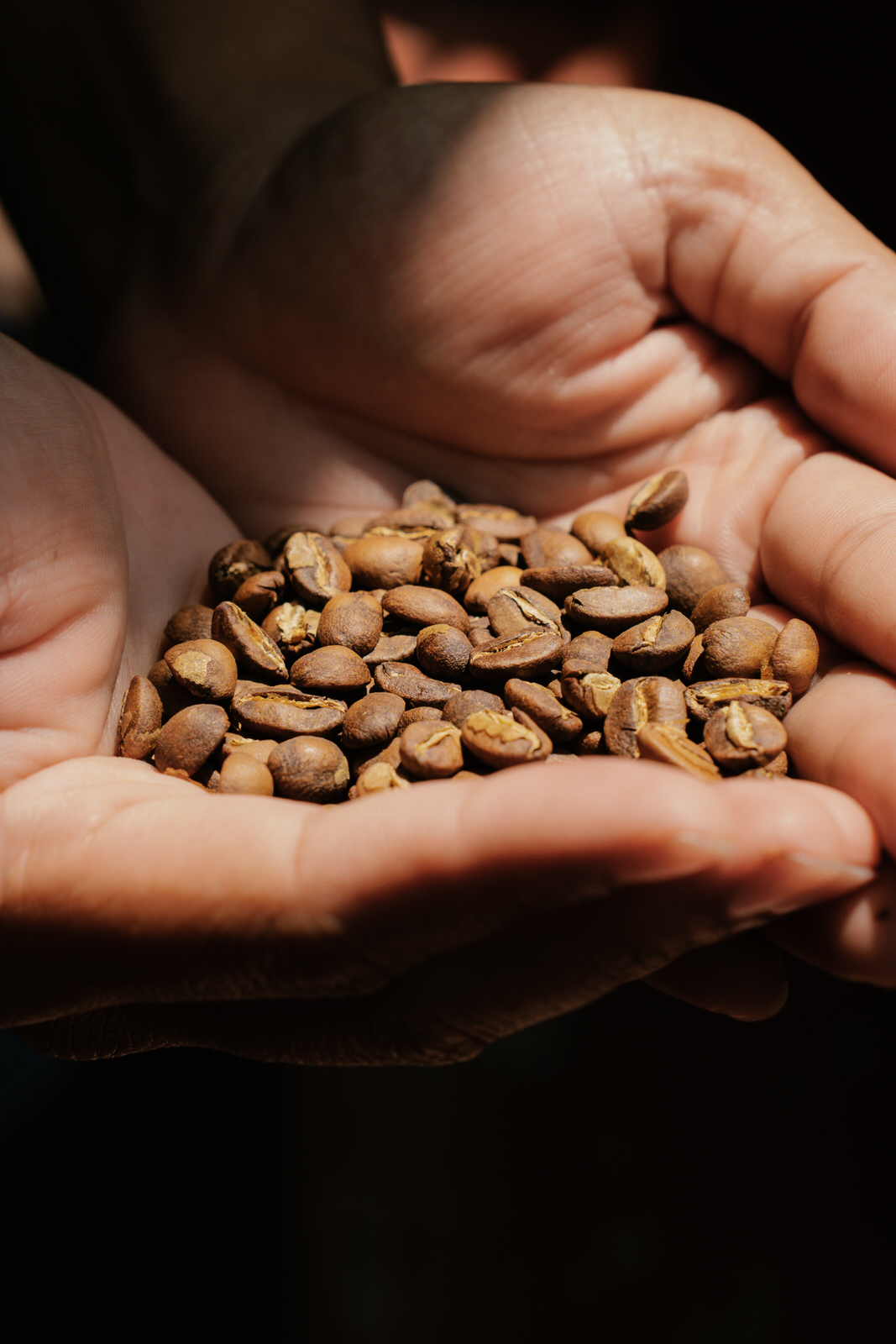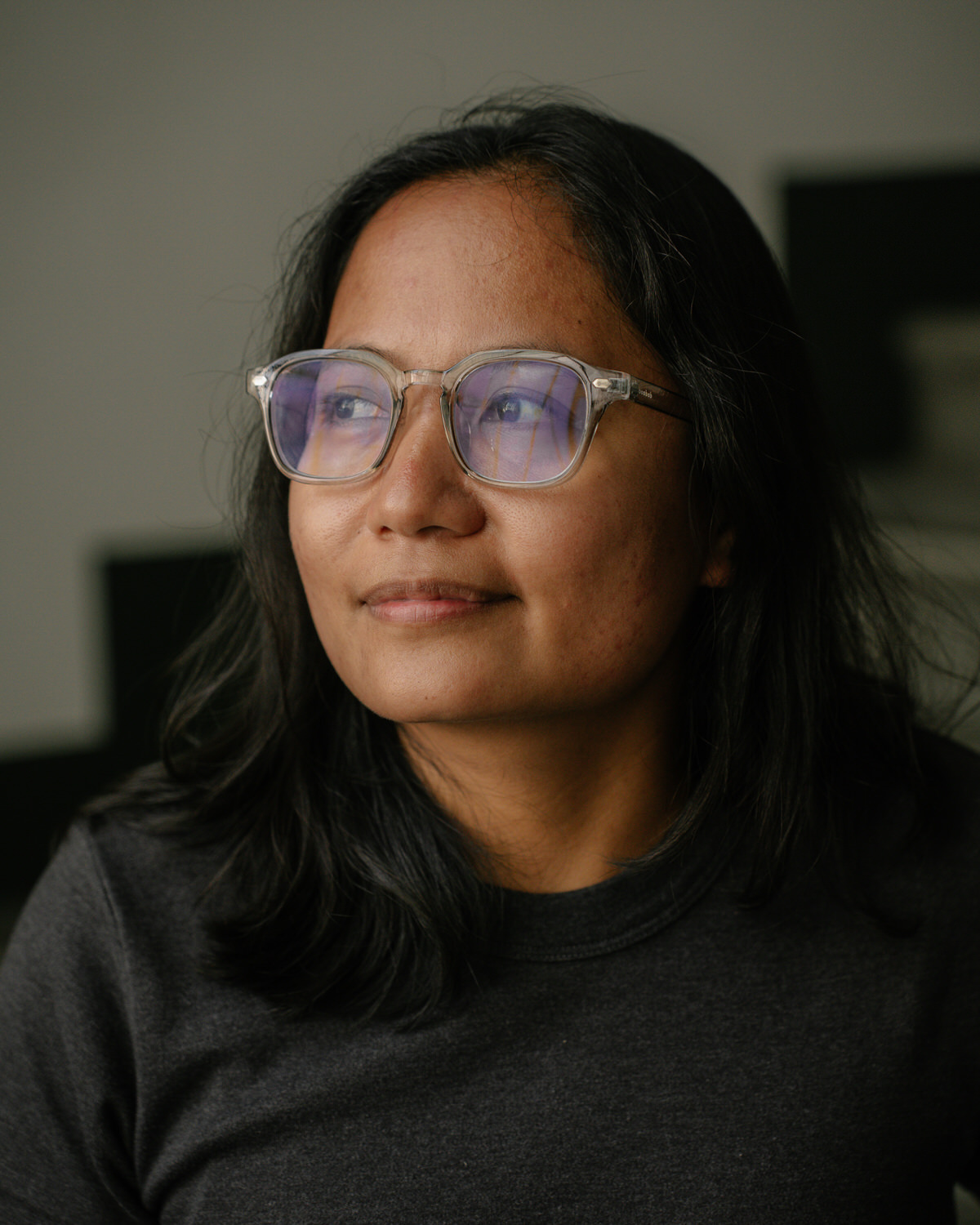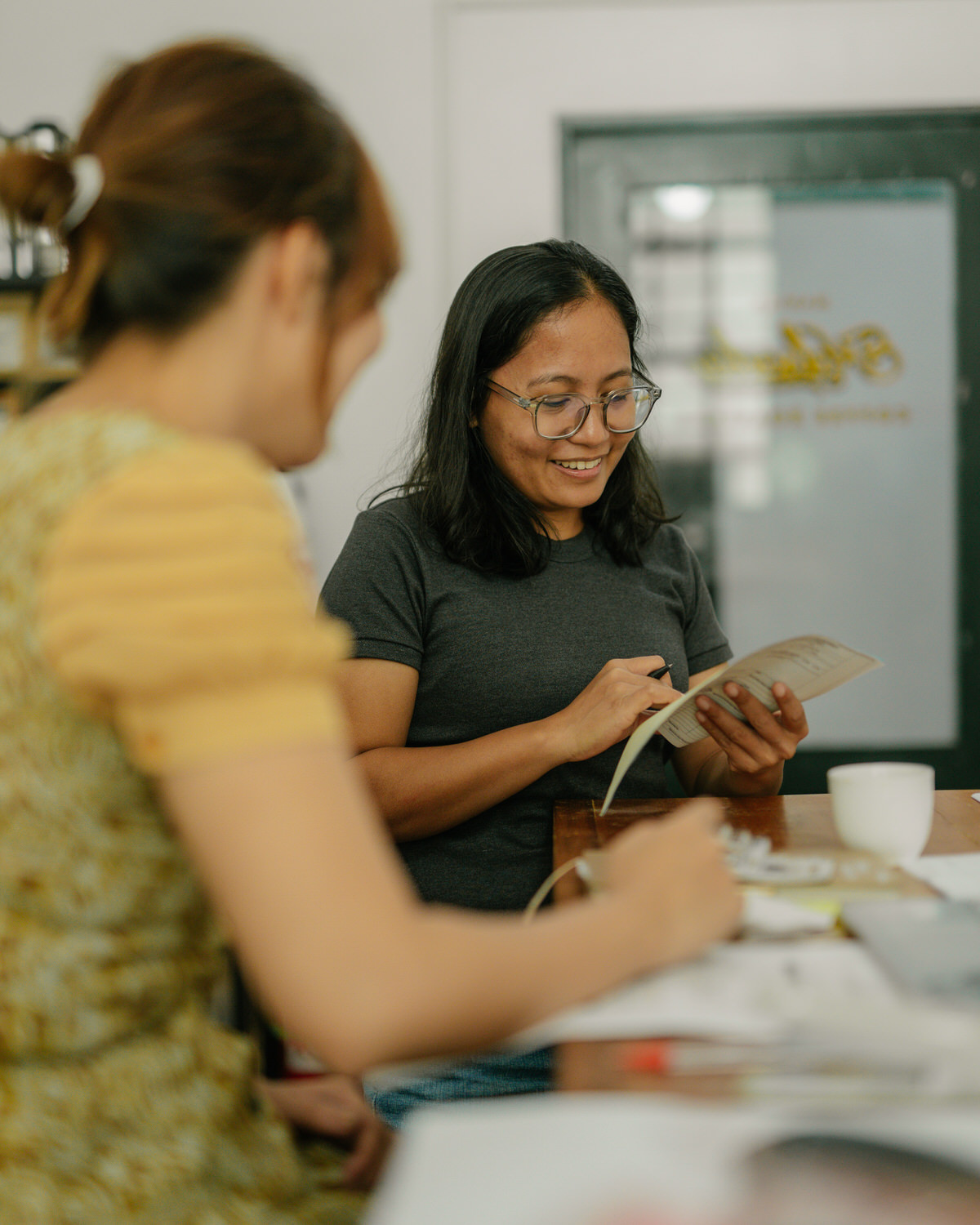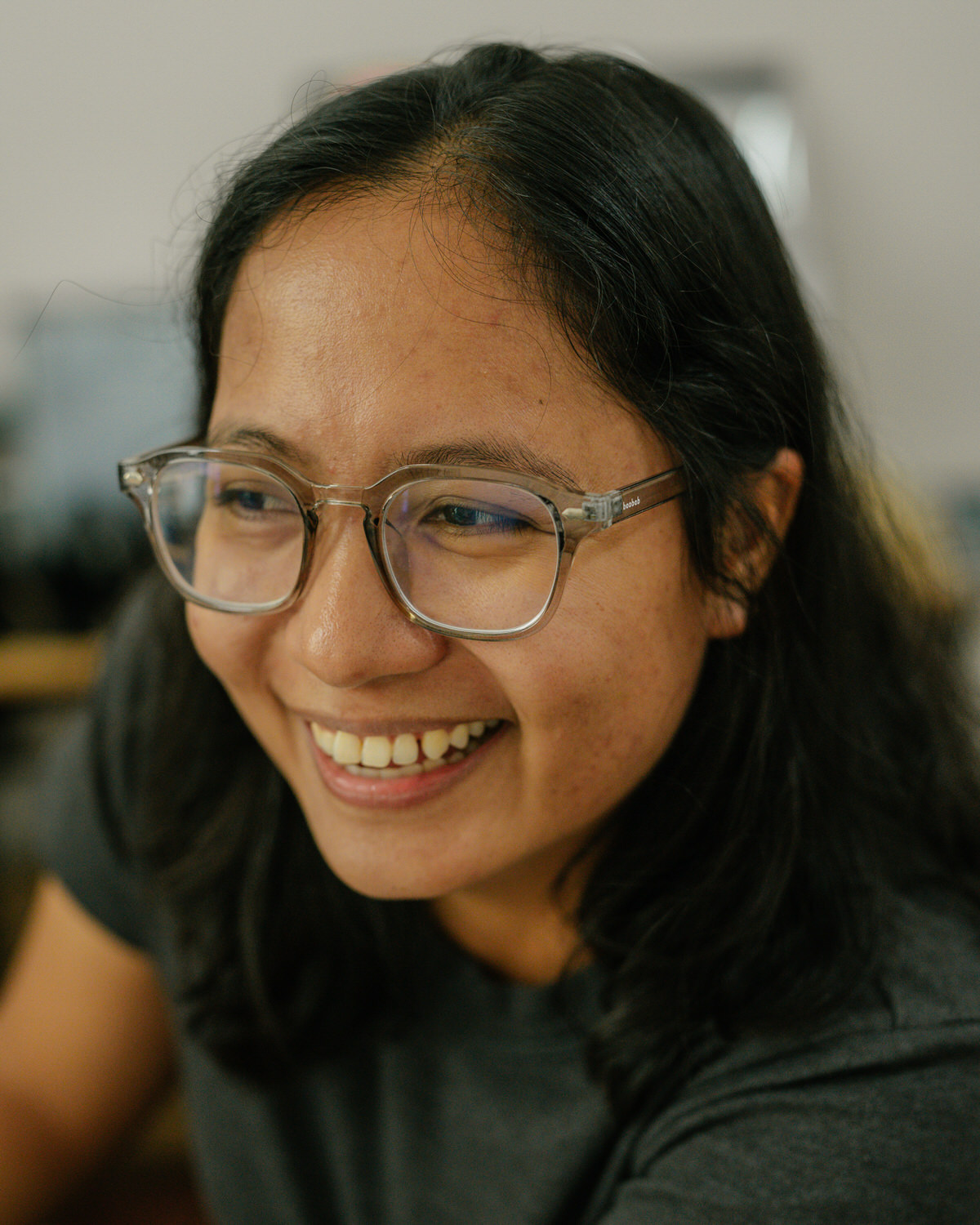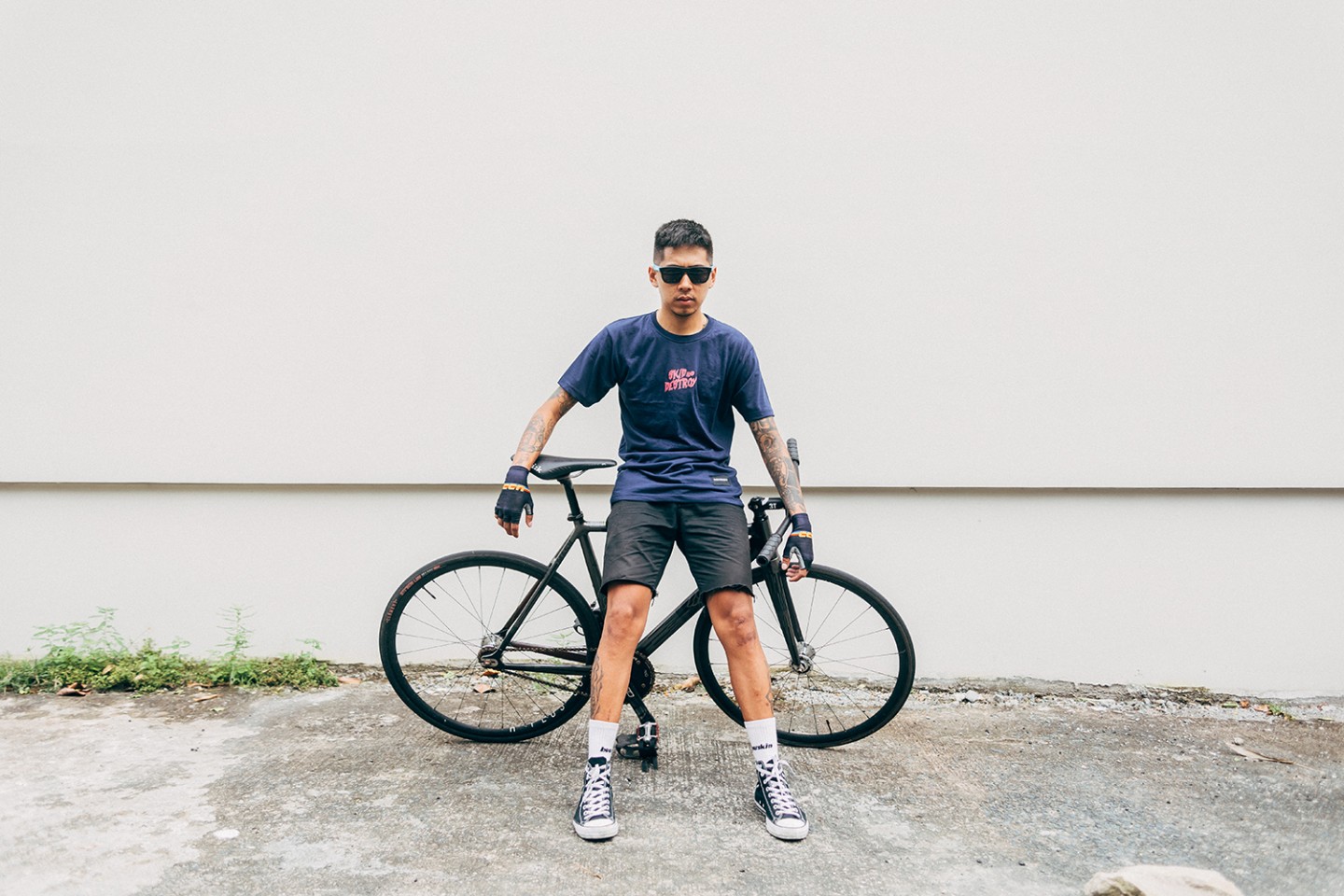
Part of living in an industrialised and globalised world is not knowing the origins of half the stuff in your room. Although you probably know your Apple products are designed in California and made in China, the geneses of the tiniest components embedded in your device and the many hands (robotic and human) through which these pass remain unknown. Things as simple as the warm cup of coffee on your desk are puzzles of origin and often labyrinthine value chains.
As far as coffee is concerned, Tere Domine, Country Director and Co-Founder of Kalsada Coffee, has worked as hard as anyone in creating flourishing, sustainable, and compassionate value chains for one of The Philippines’ highest quality crops–with an emphasis on the stakeholdership of the local farming community.
Just weeks ago, Blue Bottle Coffee debuted their Philippines Set under the Horizons Series, the very first Philippine-origin coffee to be served by the esteemed global coffee roaster. The two microlots for the set come from Kalsada-enabled communities in Sitio San Roque, Pigtauranan in Bukidnon. Chatting with me just weeks before the news came out, Tere was delighted by the long-awaited success. “Hopefully that will increase the awareness about Philippine coffee internationally,” she says.
Much like Tere’s journey into the coffee industry, the road to Blue Bottle carrying the beans was winding. The Kalsada team had been sending them coffee for over five years. “One of their Q graders and green buyers came to the Philippines and had a talk at a national conference for coffee,” Tere recalls. ”I met up with him and we even brought him to our farms in Benguet. We chatted about what could be possible for Philippine coffee, and we’ve just been sending samples since then.”
In 2013, when Tere began working with co-founders Carmel Laurino and Lacy Audry, she joined the team as a translator, allowing the group to thoroughly understand the challenges of farmers in coffee growing regions like Benguet.
“I was about to start my graduate program in UP Manila and since we shifted our academic calendar, I had like a couple of months of free time,” she says. “And Carmel’s sister [was] one of my professors in graduate school, so that’s how we met and when Carmel was starting out Kalsada she wanted to go around the Philippines and just do interviews from different growing regions. I tagged long to be an interpreter or translator for her, because I speak in Ilocano, and we started out in Northern Luzon, the Cordillera region, where a lot of people speak it. That’s my first language.” Tere grew up speaking the language in Nueva Ecija.
The start of her journey around Philippine coffee
Tere was journeying around the growing region asking such questions as: “Why did you stop growing coffee? What are the challenges that you face? Where do you sell coffees to?” Not originally a coffee drinker, Tere’s interest in the industry blossomed in these conversations as community difficulties clustered and unravelled into a series of actionable concerns.
She recalls, “…how they had to cut their trees down because the prices went really low. And because coffee is a seasonal crop that’s very unreliable, they had to switch to cash crops, like vegetables. Then there’s also the issue of pricing and how there’s no definite market. People come and go, and sometimes [there is no] market.”
Similar conversations revealing pockets of opportunity to markedly improve lives of whole communities unfolded in the course of Tere’s graduate program in genetics where she was doing research with indigenous communities in the Visayas and Mindanao. “It’s a different field,” she says, “but I always find myself with groups of communities in remote areas.”
Tere shares that in both endeavors, the value is where the most impact can be made. Just like genetics work in areas without access to healthcare, coffee as a source of income for areas without access to livelihood programs creates a value which continues to motivate Tere. The plan though wasn’t to remain in the coffee industry; in 2014 Tere was trying to find someone to take over the Philippine operations for the company. “The plan,” she shares, “was for me to just hang around until we find someone who would be willing to spend [a] long period of time in the farms just learning the ropes and doing community work.”

It, however, wasn’t easy to find someone willing to make that kind of commitment. “It’s been almost nine years and I’m still here.” But Tere is optimistic about the reception of the youth within the growing communities. “We realised that it might be easier to just find someone within the community and train them to do that instead of finding [someone] outside of the community. So that’s what we’re trying to do now with the children of the farmers in the areas we work with.”
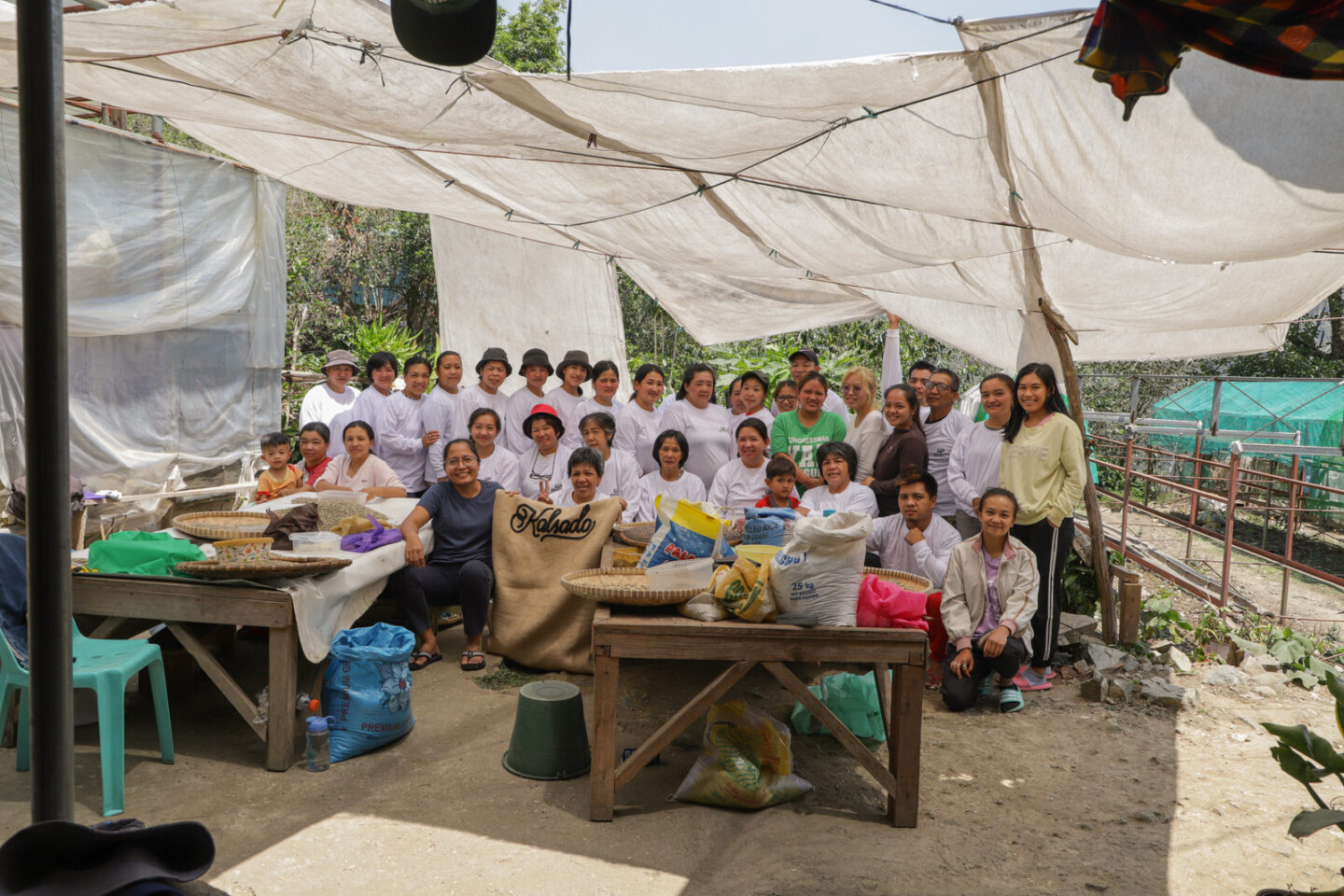
Kalsada works with over 200 farmers in Benguet and Bukidnon
And among the first challenges seen by the group was the challenge of finding a secure market for the farmer’s output. Tere shares that the group then did what they could to create security in the market. She shares, “that involves putting up a processing facility within the community and buying all of the farmers’ produce, then training them to increase the quality of their harvests.”
Aside from that, there’s the natural length of time it actually takes to produce a substantial harvest: three to five years. For one, given a speedier trading and production process, farmers are clearly more incentivized to pursue cash crops like vegetables. Secondly, finance remains hesitant as a return-on-any-investment would take about five years—and that is without thought to the quantity or quality of the yield. Tere shares, “because we really wanted to support this, we need a lot of support from government and also private institutions that could bankroll all of these projects of ours.”
One such project is a mill in Bukidnon. “We strategically put it in Bukidnon,” Tere shares, “because we thought that there are other cooperatives in the area who might be able to use our facilities so we could offer the service of dual processing.” She adds, “if that’s something that would increase not only the quality but also decrease their cost of operations.”
These large expenditures strengthen systems which Kalsada has carved out. In Benguet, farmers bring their individual harvests to the mill. To make it easier for farmers residing further away, a pick-up scheme was created. “They just put a tag on the sack with their names,” says Tere. “Usually they would weigh it before they put it on the side of the road and then we just weigh it again when it comes to our mill.”
In Bukidnon, it’s more complex as the communities are further away. In one municipality, Kalsada employs a consolidator. “In some areas, they would consolidate about two days worth of harvest and they would bring it down with a horse or a carabao or a habal-habal (motorcycle taxi),” shares Tere. “There is no one way of tracking everything. So whatever is available, what can be done, wherever we are, we just create systems to accommodate that.”

A difficult job
One of the most challenging jobs in any community is commitment, especially in an industry subject to consumer tastes—and even changing weather conditions. Tere shares this view and so is committed to working with the farmers through crafting the entire value creation process.
Working in a community, Tere cites that her father, a now retired cop, is a big influence in her life. “He would bring me to community meetings where he needs to resolve conflict. I think that’s probably where I got my involvement in or the interest in community work.”
To align all stakeholder interests under a common goal, Kalsada holds a community meeting. Tere shares, “we explain or we share how much we spend over the year, where our profits go to, where the coffees go, and we even share if they want, how much each farmer makes from working with us.”
The Kalsada team tries to make each stakeholder feel part of every node of the process. Tere shares that farmers have also visited Manila to see the warehouse operations and furthermore to the roasters and cafes where the finished product actually ends up. ”Farmers have the opportunity to have the conversation with cafe owners or even the baristas and explain to them why they came to that pricing.” She wants to be sure that “they’re not just an isolated piece of the puzzle.”
Over the pandemic, Tere shares that the group decided to stop roasting and strategically concentrated its resources on green sourcing at the farm level. Hence, Tere estimates that 80 to 90 percent of the harvest is exported while the remainder stays in the country.
Success is about more than fair trade
It’s about building sustainable communities with the view of creating a strong coffee-growing culture in the country.
“Every year we agree on the buying price before the harvest starts,” shares Tere, “so everybody has a voice into how much we would buy the coffees for that harvest…It’s not a decision that the Kalsada operations just makes. It’s always a dialogue between the farmers and everybody involved.”
Success is about creating material livelihoods for farming communities. “We’re very proud of really just having younger farmers join in the operations and taking ownership of that.” While Tere previously oversaw all the operations in Benguet, three younger farmers have now taken up the role where they check quality, pay farmers, and buy materials. “I guess that’s something that I would consider another success,” says Tere, ”because these children when I first met them, their hope [was] to gain some education so they [could] go abroad and earn a living. But now, I feel like staying back and saying well ‘there’s livelihood in coffee, might as well stay with the family’ is something I’m really proud of.”
It’s about working closely with each point of contact with the coffee to create a great product. Aside from the recent Blue Bottle news, one of Kalsada’s San Diego-based partners, Mostra, submitted their roasted coffee to Coffee Review. “One of our coffees ranked 24th over 30 in the world, so that’s something I feel like we should be proud of.”
And this culture can be aided by technological steps forward
“We are currently building our own dry mill which would be the first proper dry mill, if I may say so for the Philippines.” Tere explains that these are the facilities which will process the dried coffees—which have already been picked as cherries, pulped, and dried.
The group has also ordered equipment from Brazil and Colombia, each a coffee powerhouse—perhaps a sign of things to come for the country. Ever with a scientific view of things, Tere adds “I was even thinking about maybe bringing in mechanical engineers or even students who [could] look into the machine and maybe build something similar that would be more affordable and accessible to farmers in the Philippines so we don’t have to import them.”
With an eye on the flourishing coffee growing community, Tere suggests that an institution for the industry with research and funding would be a big step forward. “I think it would really help make things move faster if we have research to back up our policies,” she shares. “I think that’s what’s missing for the Philippine coffee industry. Everybody does their own thing, but it’s all in silos. And so when you go to like policy creation, I think you don’t capture any of that and so that slows us all down.”
This year, Kalsada is aiming to export a record 20 tonnes of green coffee—an achievement on its own. But Tere’s vision stretches further than that, and she sees a thriving industry where we all win—all stakeholders that is.
CREDITS
WRITER Jaymes Shrimski
EDITOR Tricia Quintero
PHOTOGRAPHER Zaldine Alvaro
FARM PHOTOS GrainPro
SUPPORT PURVEYR
If you like this story and would love to read more like it, we hope you can support us for as low as ₱100. This will help us continue what we do and feature more stories of creative Filipinos. You can subscribe to the fund or send us a tip.

